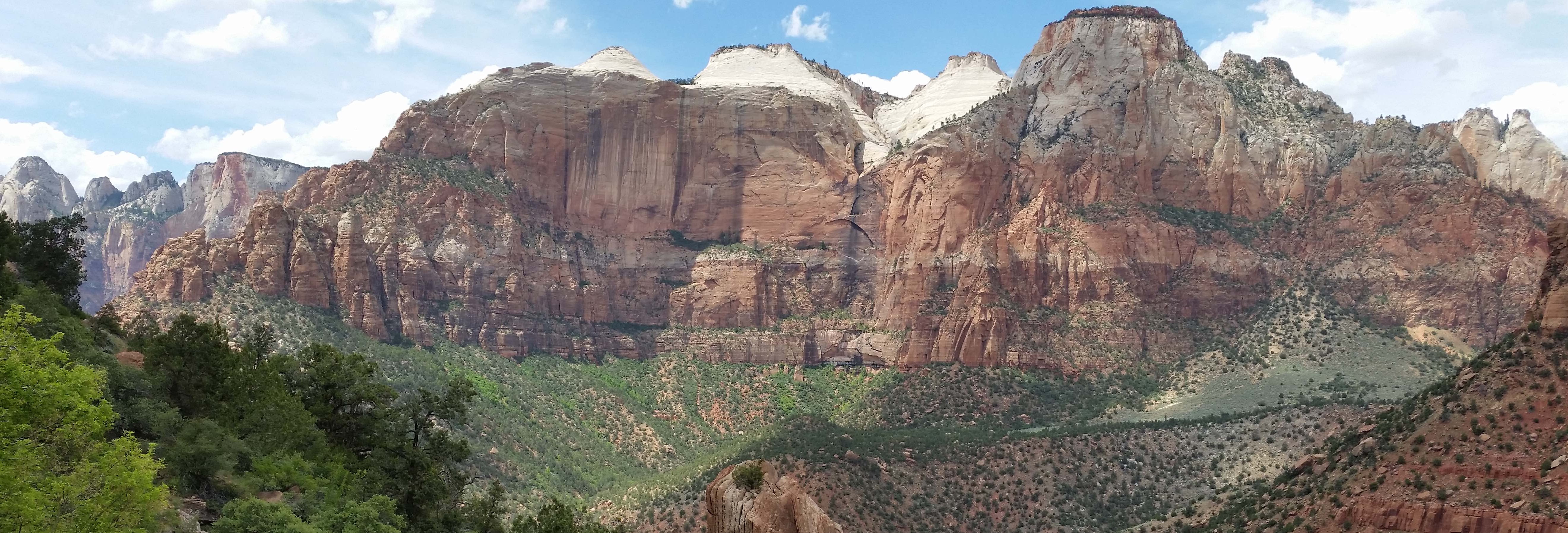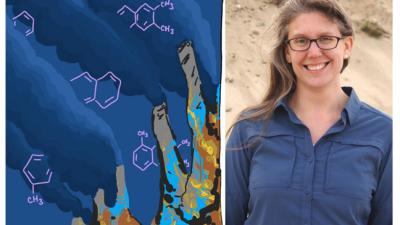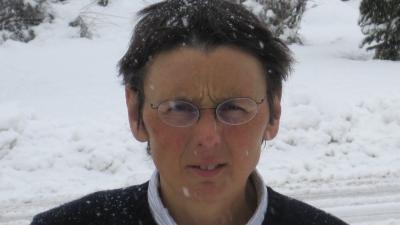In April the Department welcomed to their staff Dr. Xiaoqiang Li as CESIA Lab Manager.
New publication led by former postdoc, Alex Goranov, looking at variability in DOM in Lake George and its tributaries — collaboration with Darrin Fresh Water Institute (DFWI): Goranov, A.I., Swinton, M.W., Winkler, D.A., Farrell, J.L., Nierzwicki-Bauer, S.A., Wagner, S. (2024) Assessing the spatiotemporal variability of dissolved organic matter fluorescence composition in the Lake George, NY, watershed. Biogeochemistry doi:10.1007/s10533-024-01147-x
3 undergraduates advised by EES faculty presented at the Undergraduate Research Symposium on April 14.
- Nicole McDonald (PhD student Julia Hubbard, Dr. Sasha Wagner, Dr. Frank Spear) – “Investigating the graphite gradient along a hydrothermal vent chimney section”
- Ahlyia Leclerc (Dr. Vince Riggi, Dr. Karyn Rogers, Dr. Sasha Wagner) – “Evolution of black carbon under differing hydrothermal conditions”
- Alex Ryan (Dr. Morgan Schaller, Dr. Jake Shelley) – “Splash-O”
Dr. Cadieux was invited to present at the FEMeeting Sister Labs Workshop on April 6 at the Sanctuary for Independent Media: https://www.mediasanctuary.org/event/femeeting-sister-labs/
ERTH 4750 GIS in the Sciences, led by Dr. Sarah Cadieux, held a mini-symposium in the Jonsson-Rowland Science Center on April 24.
Dr. Cadieux will participate in the Hudson River Water Quality Monitoring Collaborative Symposium and Workshop on April 25.
The RPI chapter of Sigma Gamma Epsilon (SGE) is back up and running and currently planning an end-of-semester celebration lunch for the department on April 25.






